Packing List for Trekking in Nepal

10th Sep, 2024
- teamramadventure
Packing for a trek in Nepal requires careful planning, especially given the diverse weather conditions and altitudes you'll experience. Whether you're embarking on the Everest Base Camp trek, the Annapurna Circuit, or a shorter adventure like the Ghorepani Poon Hill trek, having the right gear is crucial for a comfortable and safe experience.
Table of Contents
packing list to help you prepare for trekking in Nepal, covering essentials from clothing to gear and personal items. This list is designed for treks taking place in the fall and winter months (September, October, November, and December), taking into account the varying weather conditions you’ll encounter.
1. Clothing
Base Layers
Your base layer should help with moisture-wicking to keep you dry while trekking.
- Moisture-wicking t-shirts (2-3): Quick-dry fabrics like merino wool or synthetic blends are ideal.
- Long-sleeve base layers (1-2): These are great for cooler evenings and mornings, offering warmth and breathability.
- Thermal underwear: Essential for warmth at higher altitudes, especially in November and December.
Mid Layers
These provide insulation and trap heat close to your body.
- Fleece jacket or pullover: A mid-weight fleece jacket is a must for layering.
- Insulated down jacket: Down jackets offer excellent warmth without being too bulky, especially during cold nights.
Outer Layers
Outer layers will protect you from wind, rain, and snow.
- Waterproof and windproof jacket: A good-quality, lightweight, and breathable jacket with Gore-Tex or similar material is crucial for unpredictable weather.
- Waterproof pants: Lightweight and easy to pack, these pants will keep you dry during sudden showers.
Trekking Pants
- Convertible trekking pants (2 pairs): These are versatile and can be adjusted to the weather, offering flexibility as they turn into shorts if necessary.
- Thermal trekking pants (1 pair): Necessary for colder weather or high altitudes.
Trekking Socks
- Merino wool or synthetic trekking socks (4-5 pairs): Comfortable, moisture-wicking socks that keep your feet warm and dry.
- Liner socks: To prevent blisters, it’s a good idea to wear liner socks under your trekking socks.
Underwear
- Quick-dry underwear (4-5 pairs): Choose comfortable, moisture-wicking materials to avoid chafing.
Trekking Boots
- Waterproof trekking boots: Make sure your boots are well broken in before your trek. Waterproof boots are essential for wet and snowy conditions, especially in December.
Gaiters
- Optional but recommended: Gaiters keep your boots dry by preventing snow, water, and debris from entering, particularly useful in snowy or muddy conditions.
Hats
- Wide-brimmed sun hat: To protect from intense sunlight, especially at high altitudes.
- Warm beanie or wool hat: Essential for keeping warm during cold evenings and mornings.
Gloves
- Lightweight gloves: For moderate trekking conditions.
- Insulated gloves: Necessary for higher altitudes and winter treks to protect from frostbite.
Neckwear
- Buff or neck gaiter: Multi-functional, a buff can protect your neck from sun, wind, and cold. It’s also useful for covering your nose and mouth in dusty or windy conditions.
3. Footwear
Trekking Boots
- Waterproof trekking boots: Sturdy, high-ankle boots with good grip are a must for rocky and uneven terrain. Waterproof boots are especially crucial if you're trekking in December or through monsoon-drenched trails in September.
Camp Shoes
- Lightweight sandals or camp shoes: After a long day of trekking, your feet will need a break. A pair of lightweight, comfortable shoes or sandals is great for wearing around the teahouse.
Gaiters (Optional)
- For snow or mud: These help keep your feet dry by covering the top of your boots and keeping out snow, mud, or rain.
4. Trekking Gear
Backpack
- Daypack (20-30 liters): If you have a porter, you’ll still need a daypack for carrying essentials like water, snacks, and camera gear.
- Main backpack (50-70 liters): If you’re carrying all your gear yourself, a larger, durable backpack with a rain cover is essential.
Trekking Poles
- Adjustable trekking poles: These are incredibly useful for reducing strain on your knees, particularly on steep ascents and descents.
Sleeping Bag
- Down sleeping bag: Rated for at least -10°C (14°F) for trekking in November and December, where temperatures drop significantly at night. Most teahouses provide blankets, but having your own sleeping bag ensures extra warmth.
Sleeping Bag Liner
- Optional but useful: A liner adds warmth and helps keep your sleeping bag clean.
Water Bottles and Purification
- Hydration system or water bottles (2 liters): Staying hydrated is critical at high altitudes. Choose insulated bottles to keep water from freezing.
- Water purification tablets or filter: It’s not safe to drink untreated water in Nepal, so bring purification tablets or a water filter.
Headlamp
- With extra batteries: Essential for early morning starts or when electricity is unavailable in remote teahouses.
Sunglasses
- UV protection sunglasses: Strong UV rays at high altitudes can harm your eyes, so high-quality sunglasses are essential.
5. Personal Items and Toiletries
Toiletries
- Biodegradable soap and shampoo: Environmentally friendly options are a must for trekking in eco-sensitive regions.
- Toothbrush and toothpaste
- Quick-dry towel: A compact, quick-dry towel is useful in teahouses where towels aren’t always provided.
- Wet wipes and hand sanitizer: For maintaining hygiene when water is scarce.
Sunscreen and Lip Balm
- SPF 30 or higher: The sun is intense at high altitudes, so bring a strong sunscreen for your face and exposed skin.
- Lip balm with SPF: To prevent your lips from getting chapped due to the dry, cold air.
First Aid Kit
- Basic first aid supplies: Include band-aids, blister treatment (moleskin), pain relievers, anti-diarrheal medication, and any personal medications you need.
- Altitude sickness medication: Diamox or similar medication can help prevent altitude sickness.
6. Miscellaneous Essentials
Trekking Permits and Documentation
- Passport and copies: Always carry your passport and several photocopies, as they will be required for permits.
- Trekking permits (TIMS card, National Park permits): Ensure you have all the required permits before starting your trek.
Camera or Smartphone
- For capturing the breathtaking views: Ensure your camera or phone has enough storage space for photos and videos.
- Portable charger or extra batteries: With limited electricity in remote areas, it’s essential to have backup power for your devices.
Snacks
- Energy bars, dried fruits, nuts: While teahouses provide meals, having your own high-energy snacks can be helpful, especially on long trekking days.
Cash
- Nepalese Rupees (NPR): Most teahouses, especially in remote areas, only accept cash. It’s essential to carry enough NPR for food, accommodation, and tips.
Travel Insurance
- Including high-altitude trekking coverage: Ensure your insurance covers helicopter evacuation in case of emergencies or altitude sickness.
Packing Tips for Trekking in Nepal
- Pack light but smart: Avoid overpacking by choosing versatile items that can be layered.
- Waterproof your gear: Use dry bags or a backpack rain cover to keep your gear dry in case of rain or snow.
- Break in your boots: Wear your trekking boots for several weeks before your trek to avoid blisters and discomfort.
- Adjust based on season: If you’re trekking in December, pack warmer layers and gear suited for colder conditions.
If you're trekking in Nepal during the months of September, October, November, or December 2024, this guide will ensure you're ready for all the elements and can enjoy one of the most beautiful trekking destinations on earth. Happy trekking!


 Plan Your Trip Now
Plan Your Trip Now 






























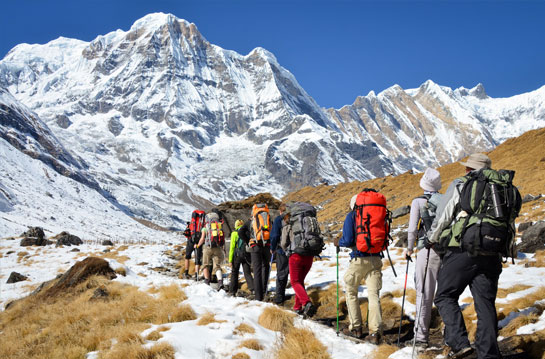
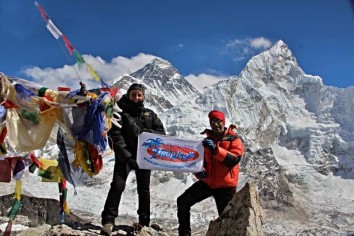













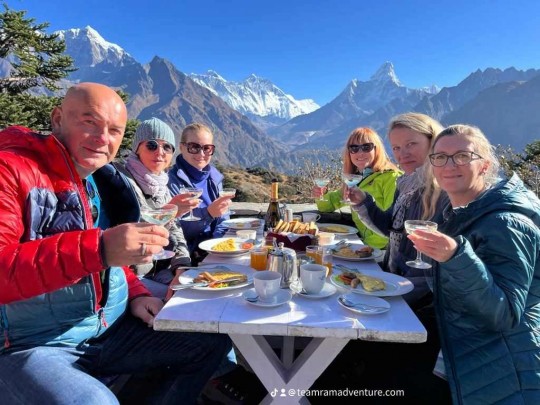







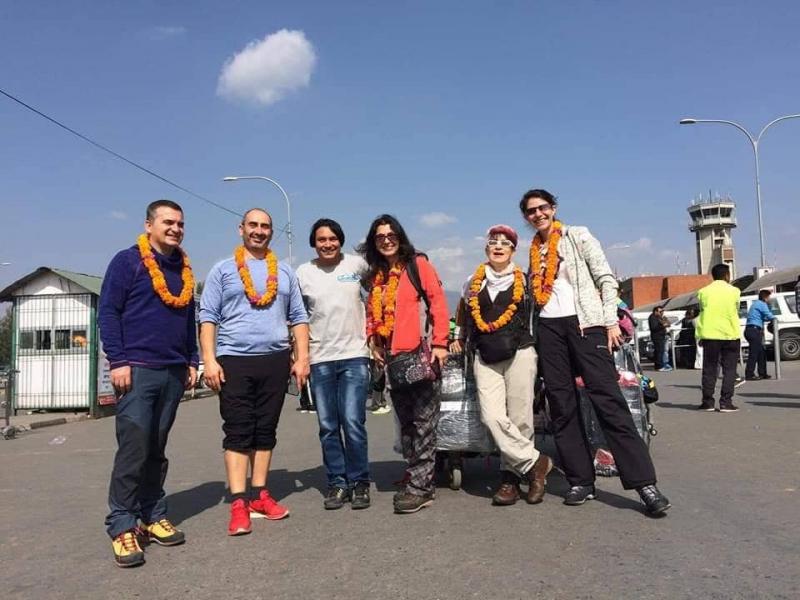




























.jpg)







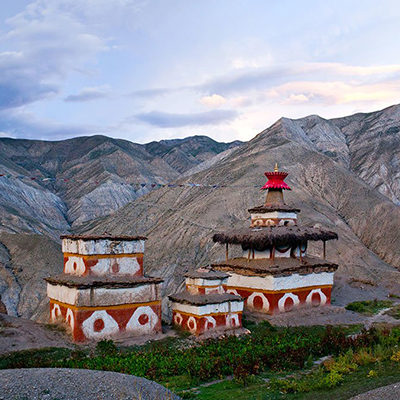
.jpg)


.jpg)


